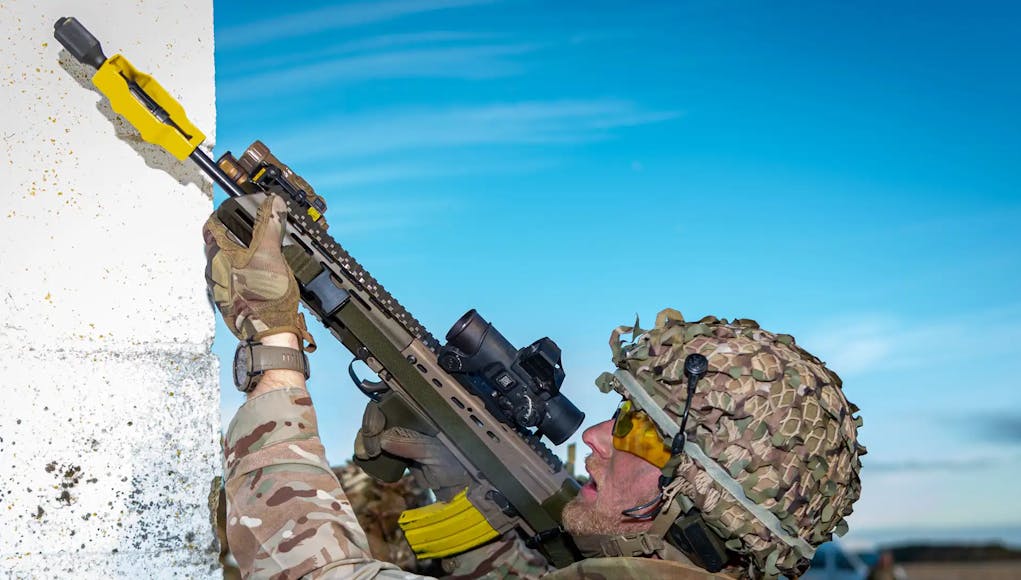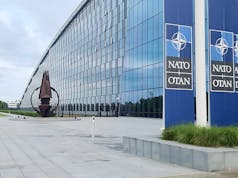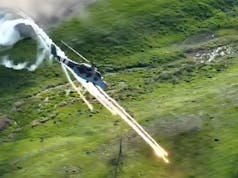The Royal Scots Dragoon Guards (RSDG) recently conducted rigorous urban combat training to sharpen the tactical skills necessary for their role in NATO’s Allied Reaction Force (ARF), according to an update from the British Army.
The training, held over two weeks at Royal Marine Condor in Arbroath, was designed to prepare them for Exercise Steadfast Dart, a major NATO operation scheduled in Romania and Bulgaria.
The ARF, NATO’s rapid response force, includes eight brigades, with the 7th Light Mechanised Brigade Combat Team, which incorporates the Royal Scots Dragoon Guards, making up a key component. The UK is leading this year’s contribution with over 2,600 personnel and 730 vehicles deployed to NATO’s eastern flank.
Lieutenant Robert Boylin, B Squadron Troop Leader, explained the importance of readiness across a spectrum of operations, stating in the news update from the British Army:
“As members of the ARF, we must be ready to engage in the full range of operations from peacekeeping to conventional high-tempo warfare. The aim of this exercise was to develop and test our soldiers on the complexities of close-quarter fighting, room clearances, and searches.”
The soldiers enhanced their ability to operate effectively in urban environments by working through multiple scenarios, from room-clearing drills to full-on building assaults. The training culminated in a mock raid against an enemy force, supported by aerial reconnaissance from drone teams and intelligence from snipers and observation posts.
Urban combat poses unique challenges, with Corporal Neil McCubbin, an Urban Operations instructor, describing it as “the most complex terrain in which a soldier can be deployed.”
He stressed the importance of quick thinking and decisive action under pressure, explaining: “Contact at close range, challenging conditions, and split-second decisions require a calm approach. The situation needs them to think quickly and act decisively.”
As the training advanced, soldiers worked with simunition (mock rounds) to simulate real combat. Corporal McCubbin highlighted the progress made, saying: “When you see the final exercise going well, it is brilliant. It’s great to see how they have learnt and developed their skills. They now have the knowledge, and all that is left is to practise, practise, practise.”
Arriving in Jackal armoured vehicles and on foot, soldiers faced obstacles such as boarded windows, booby traps, and overgrown terrain, creating realistic conditions. After gathering intelligence on enemy positions, the troops launched a synchronised assault, successfully demonstrating their reconnaissance and tactical superiority.
This comprehensive training underscores the Royal Scots Dragoon Guards’ vital role in supporting NATO missions, enhancing their ability to respond effectively to emerging threats and secure critical objectives on NATO’s eastern flank.
At the UK Defence Journal, we aim to deliver accurate and timely news on defence matters. We rely on the support of readers like you to maintain our independence and high-quality journalism. Please consider making a one-off donation to help us continue our work. Click here to donate. Thank you for your support!














Cunningham’s law: Correction, the regimental abbreviation is SCOTS DG not RSDG